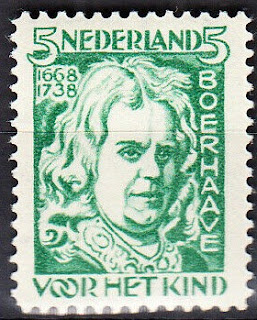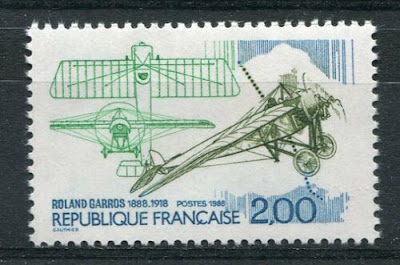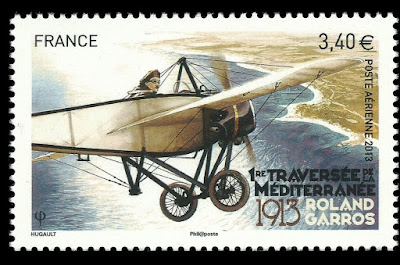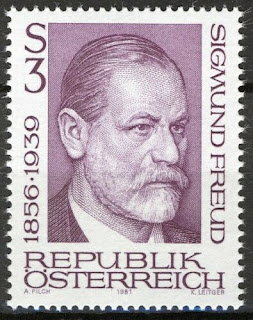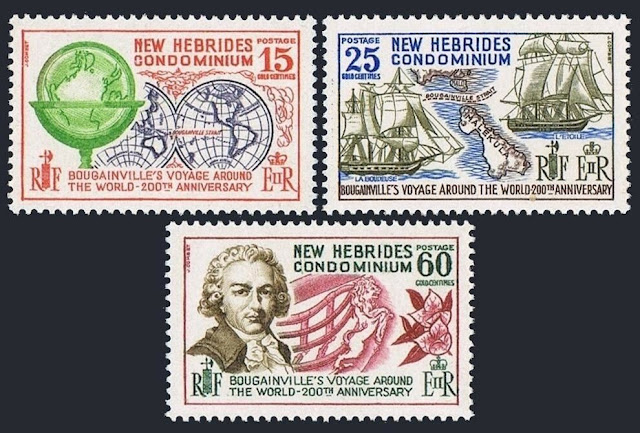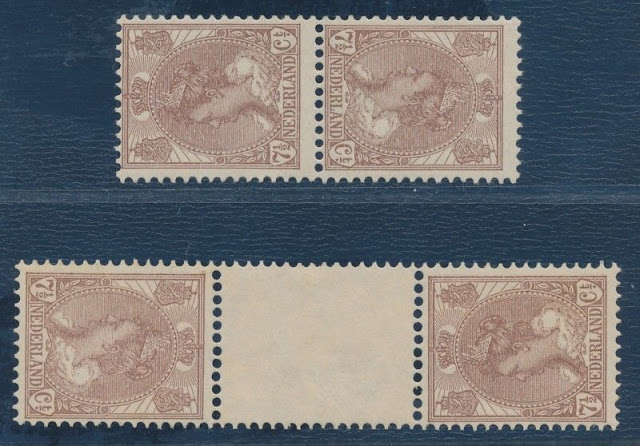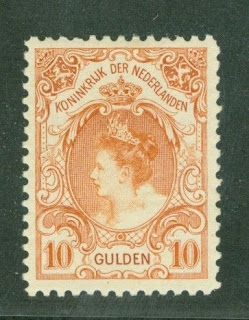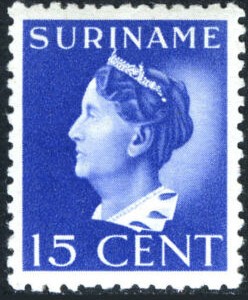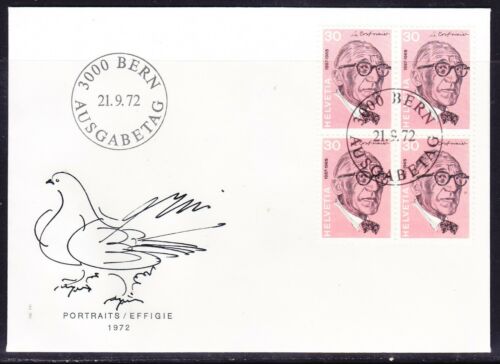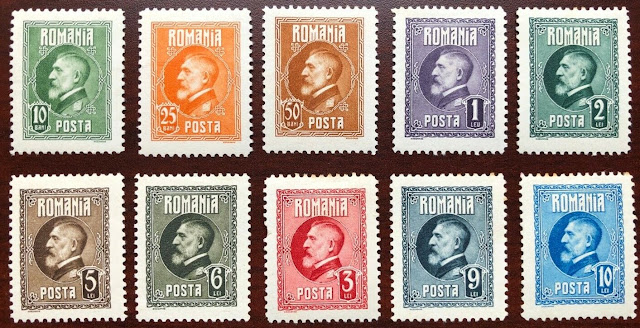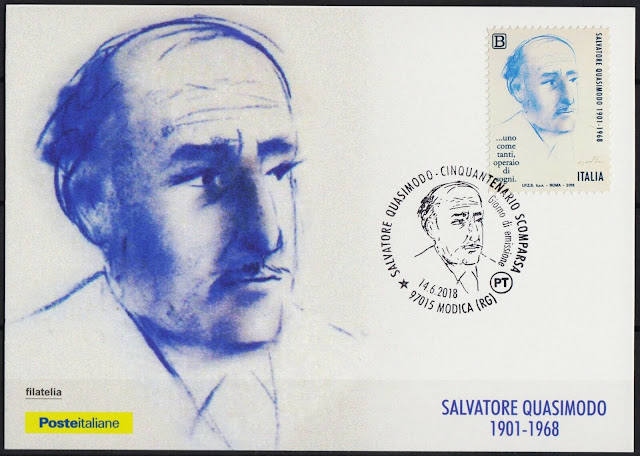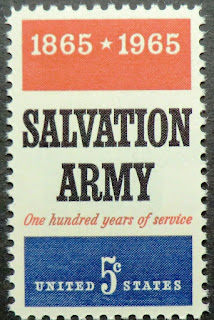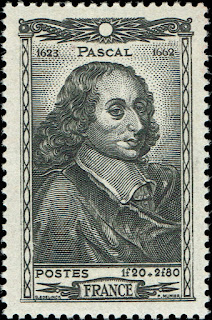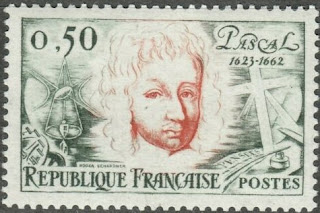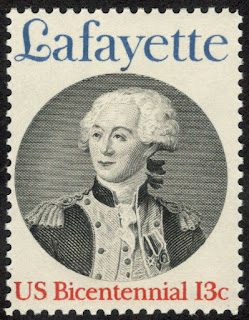Here are some events that happened on August 27th. It could be an event or a person that died or was born on that day
1635 Died: Lope de Vega, Spanish poet and playwright (b. 1562)
Lope Félix de Vega Carpio (25 November 1562 – 27 August 1635) was a Spanish playwright, poet, novelist and marine. He was one of the key figures in the Spanish Golden Age of Baroque literature. His reputation in the world of Spanish literature is second only to that of Miguel de Cervantes, while the sheer volume of his literary output is unequalled, making him one of the most prolific authors in the history of literature. He was nicknamed "The Phoenix of Wits" and "Monster of Nature" (in Spanish: Fénix de los Ingenios, Monstruo de la Naturaleza) by Cervantes because of his prolific nature.
Lope de Vega renewed the Spanish theatre at a time when it was starting to become a mass cultural phenomenon. He defined its key characteristics, and along with Pedro Calderón de la Barca and Tirso de Molina, took Spanish Baroque theatre to its greatest heights. Because of the insight, depth and ease of his plays, he is regarded as one of the greatest dramatists in Western literature, his plays still being produced worldwide. He was also considered one of the best lyric poets in the Spanish language, and wrote several novels. Although not well known in the English-speaking world, his plays were presented in England as late as the 1660s, when diarist Samuel Pepys recorded having attended some adaptations and translations of them, although he omits mentioning the author.
Some 3,000 sonnets, 3 novels, 4 novellas, 9 epic poems, and about 500 plays are attributed to him. Although he has been criticised for putting quantity ahead of quality, nevertheless at least 80 of his plays are considered masterpieces. He was a friend of the writer Francisco de Quevedo and an arch-enemy of the dramatist Juan Ruiz de Alarcón. The volume of his lifework made him envied by not only contemporary authors such as Cervantes and Luis de Góngora, but also by many others: for instance, Johann Wolfgang von Goethe once wished he had been able to produce such a vast and colourful oeuvre.
Spanish stamps and maximum card depicting Lope de Vega
1908 Born: Lyndon B. Johnson, American commander and politician, 36th President of the United States (d. 1973)
Lyndon Baines Johnson (August 27, 1908 – January 22, 1973), often referred to by his initials LBJ, was an American politician who served as the 36th president of the United States from 1963 to 1969, and previously as 37th vice president from 1961 to 1963. He assumed the presidency following the assassination of President John F. Kennedy. A Democrat from Texas, Johnson also served as a United States Representative and as the Majority Leader in the United States Senate. Johnson is one of only four people who have served in all four federal elected positions.
Born in a farmhouse in Stonewall, Texas, Johnson was a high school teacher and worked as a congressional aide before winning election to the US House of Representatives in 1937. Johnson won election to the United States Senate from Texas in 1948 after winning the Democratic Party's nomination by an incredibly narrow margin. He was appointed to the position of Senate Majority Whip in 1951. He became the Senate Minority Leader in 1953 and the Senate Majority Leader in 1955.
He became known for his domineering personality and the "Johnson treatment", his aggressive coercion of powerful politicians to advance legislation. Along with Speaker of the U.S. House of Representatives Sam Rayburn, Senate Majority Whip Earle Clements, and House Majority Whip Carl Albert, Johnson did not sign the 1956 Southern Manifesto drafted by Dixie South Democrats in the 84th U.S. Congress, despite all representing states where racial segregation of public schools had been legally required prior to the 1954 Brown v. Board of Education U.S. Supreme Court case. As Majority Leader, Johnson shepherded to passage the Civil Rights Acts of 1957 and 1960; the first civil rights bills passed by the U.S. Congress since the Reconstruction Era (1863–1877).
Johnson ran for the Democratic nomination in the 1960 presidential election. Although unsuccessful, he accepted the invitation of then-Senator John F. Kennedy of Massachusetts to be his running mate. They went on to win a close election over the Republican ticket of Richard Nixon and Henry Cabot Lodge Jr. On November 22, 1963, Kennedy was assassinated and Johnson succeeded him as president. The following year, Johnson won in a landslide, defeating Senator Barry Goldwater of Arizona. With 61.1 percent of the popular vote, Johnson won the largest share of the popular vote of any candidate since the largely uncontested 1820 election.
In domestic policy, Johnson designed the "Great Society" legislation to expand civil rights, public broadcasting, Medicare, Medicaid, aid to education, the arts, urban and rural development, public services and his "War on Poverty". Assisted in part by a growing economy, the War on Poverty helped millions of Americans rise above the poverty line during his administration. Civil rights bills that he signed into law banned racial discrimination in public facilities, interstate commerce, the workplace and housing; the Voting Rights Act prohibited certain requirements in southern states used to disenfranchise African Americans. With the passage of the Immigration and Nationality Act of 1965, the country's immigration system was reformed, encouraging greater immigration from regions other than Europe. Johnson's presidency marked the peak of modern liberalism after the New Deal era.
In foreign policy, Johnson escalated American involvement in the Vietnam War. In 1964, Congress passed the Gulf of Tonkin Resolution, which granted Johnson the power to use military force in Southeast Asia without having to ask for an official declaration of war. The number of American military personnel in Vietnam increased dramatically, from 16,000 advisors in non-combat roles in 1963 to 525,000 in 1967, many in combat roles. American casualties soared and the peace process stagnated. Growing unease with the war stimulated a large, angry anti-war movement based chiefly among draft-age students on university campuses.
Johnson faced further troubles when summer riots began in major cities in 1965 and crime rates soared, as his opponents raised demands for "law and order" policies. While Johnson began his presidency with widespread approval, support for him declined as the public became frustrated with both the war and the growing violence at home. In 1968, the Democratic Party factionalized as anti-war elements denounced Johnson; he ended his bid for renomination after a disappointing finish in the New Hampshire primary. Nixon was elected to succeed him, as the New Deal coalition that had dominated presidential politics for 36 years collapsed. After he left office in January 1969, Johnson returned to his Texas ranch, where he died of a heart attack at age 64, on January 22, 1973.
Johnson is ranked favorably by many historians because of his domestic policies and the passage of many major laws that affected civil rights, gun control, wilderness preservation, and Social Security, although he also drew substantial criticism for his escalation of the Vietnam War.
1965 Died:- Le Corbusier, Swiss-French architect and urban planner, designed the Philips Pavilion (b. 1887)
Charles-Édouard Jeanneret (6 October 1887 – 27 August 1965), known as Le Corbusier, was a Swiss-French architect, designer, painter, urban planner, writer, and one of the pioneers of what is now called modern architecture. He was born in Switzerland and became a French citizen in 1930. His career spanned five decades, and he designed buildings in Europe, Japan, India, and North and South America.Dedicated to providing better living conditions for the residents of crowded cities, Le Corbusier was influential in urban planning, and was a founding member of the Congrès International d'Architecture Moderne (CIAM). Le Corbusier prepared the master plan for the city of Chandigarh in India, and contributed specific designs for several buildings there, specially the government buildings.On 17 July 2016, seventeen projects by Le Corbusier in seven countries were inscribed in the list of UNESCO World Heritage Sites as The Architectural Work of Le Corbusier, an Outstanding Contribution to the Modern Movement.Stamps from Monaco and Switzerland depicting Le Corbusier
